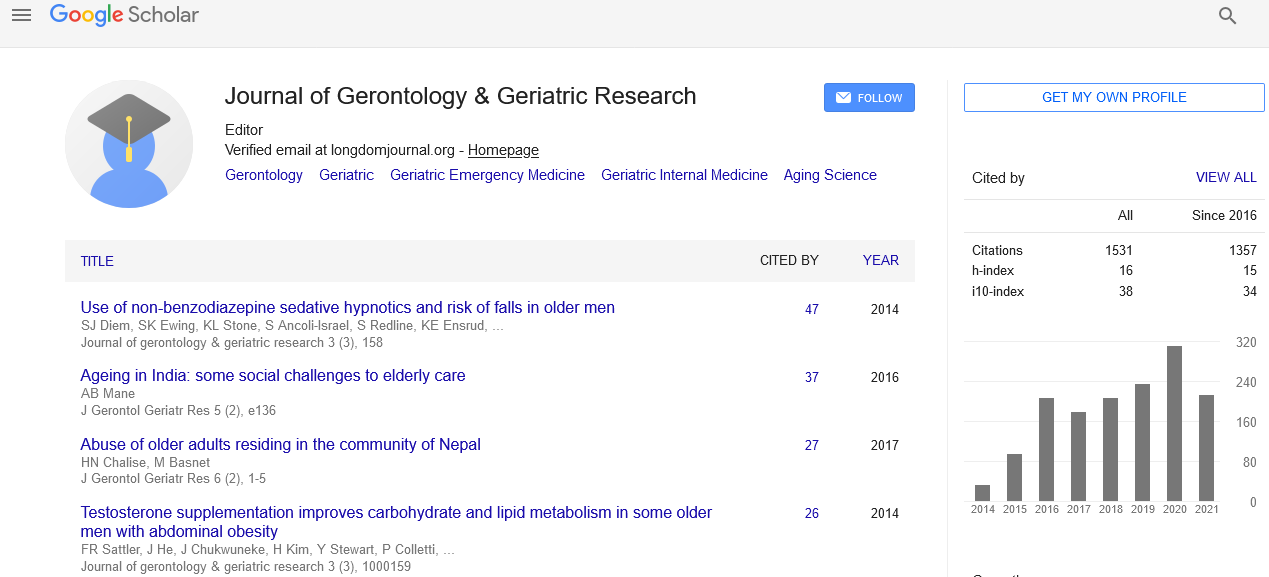PMC/PubMed Indexed Articles
Indexed In
- Open J Gate
- Genamics JournalSeek
- SafetyLit
- RefSeek
- Hamdard University
- EBSCO A-Z
- OCLC- WorldCat
- Publons
- Geneva Foundation for Medical Education and Research
- Euro Pub
- Google Scholar
Useful Links
Share This Page
Journal Flyer

Open Access Journals
- Agri and Aquaculture
- Biochemistry
- Bioinformatics & Systems Biology
- Business & Management
- Chemistry
- Clinical Sciences
- Engineering
- Food & Nutrition
- General Science
- Genetics & Molecular Biology
- Immunology & Microbiology
- Medical Sciences
- Neuroscience & Psychology
- Nursing & Health Care
- Pharmaceutical Sciences
Abstract
Treatment Strategy for a Trial Fibrillation in Elderly Patients
Luca-Botto G, Tortora GM, Casale CM, Canevese FL, Pagano G, Russo G, Angelo Brasca FM
In patient’s ≥ 65 years, Atrial Fibrillation (AF) prevalence is high and increases further with age. Now-a-days, it has
been estimated that AF affects 5% of ≥ 70-years patients, while approximately 10% of patients aged ≥ 80-years suffers
from this arrhythmia. Evidence suggests that elderly people are predisposing to AF, due to aging-related cardiovascular
remodelling and modifications. Symptoms due to AF could be directly caused by arrhythmia, such as palpitation,
or indirectly by exacerbating other conditions such as angina, heart failure and structural cardiomyopathy. Since
2000’s, novel drugs and therapies have become available also for the elderly but, unfortunately, have not been
extensively evaluated in this population. Particular interest should be payed to emerging pharmacological and nonpharmacological
treatment for AF, such as dronedarone or catheter ablation, and their perspective in the older
patients. However, the absence of clear superiority of rate control or rhythm control strategy in the elderly makes
particularly difficult the choice of an appropriate treatment. The pathophysiology, diagnosis, and the management
of AF in older patients are reviewed in this paper.
Published Date: 2020-08-28; Received Date: 2020-05-08


